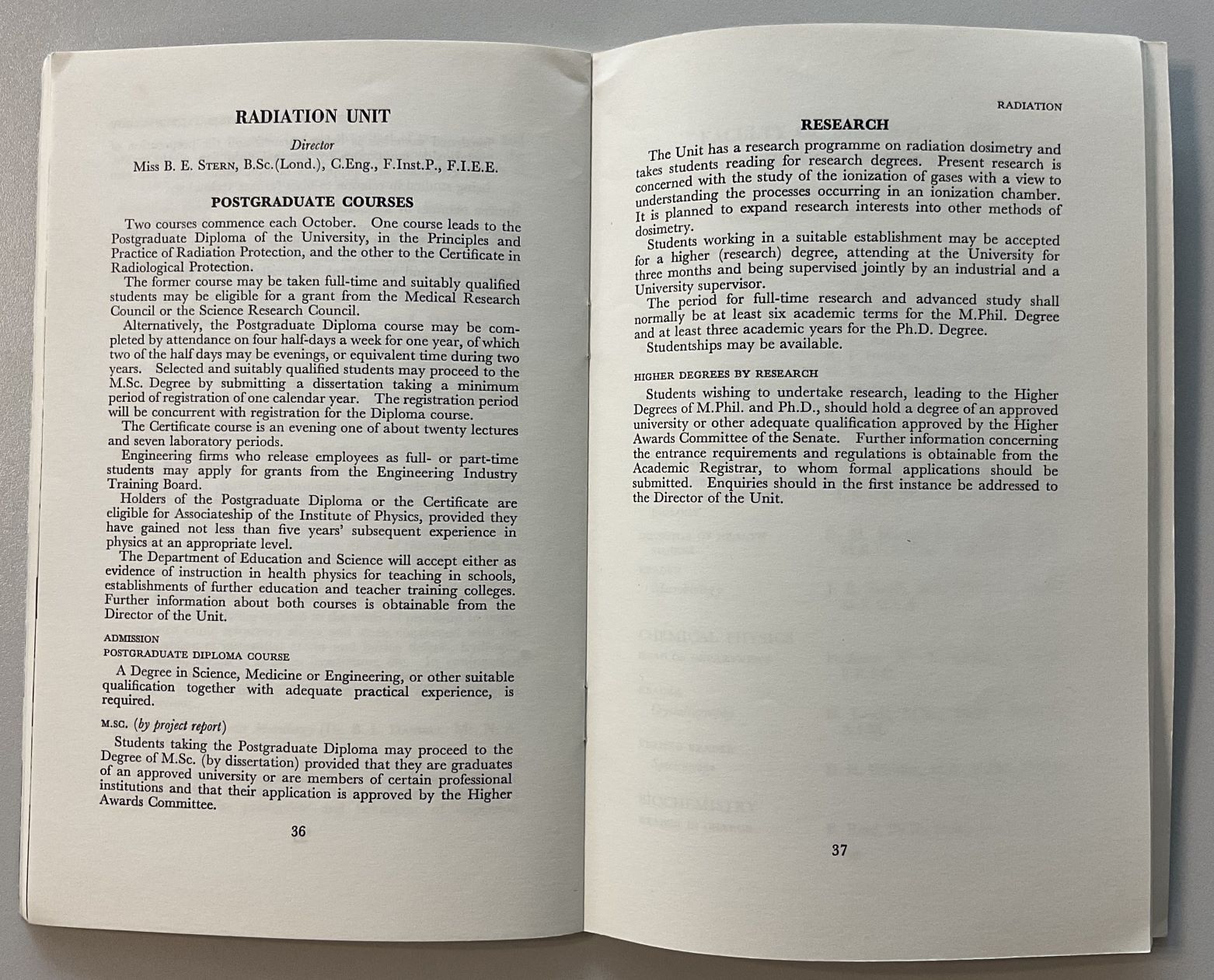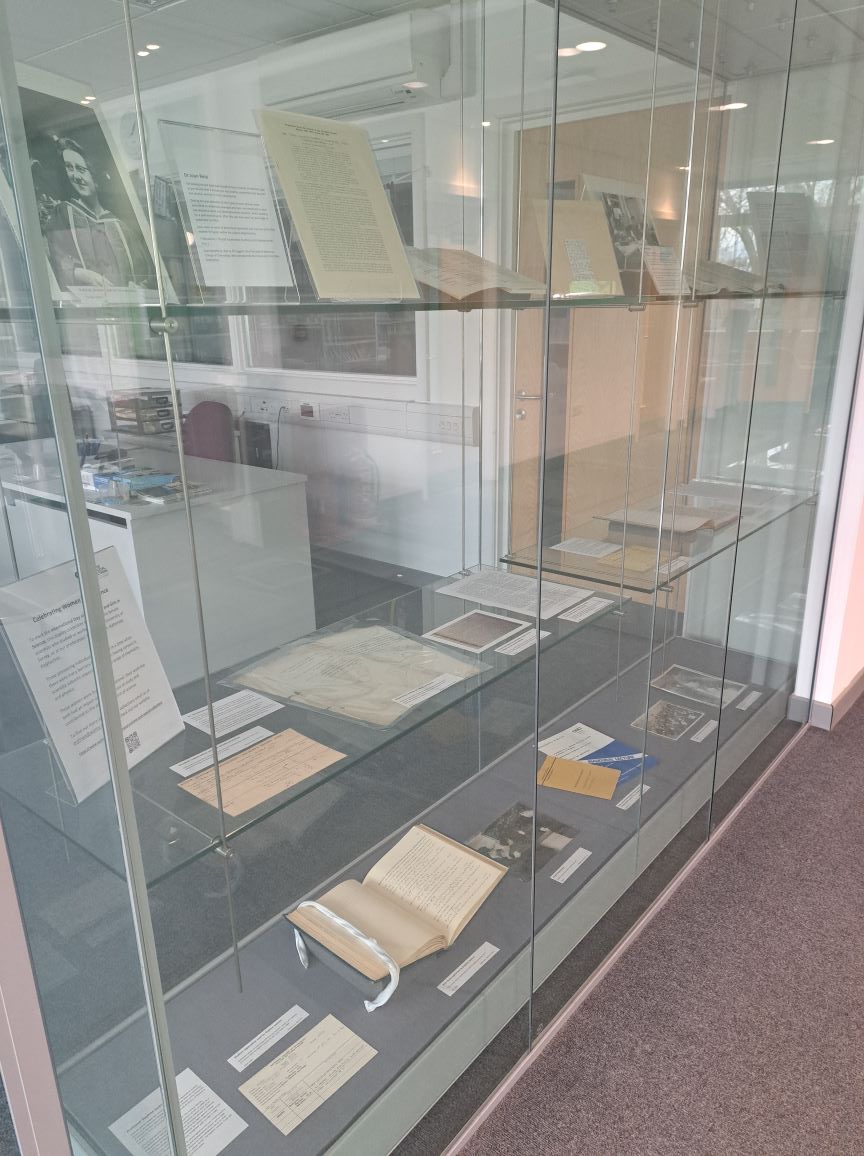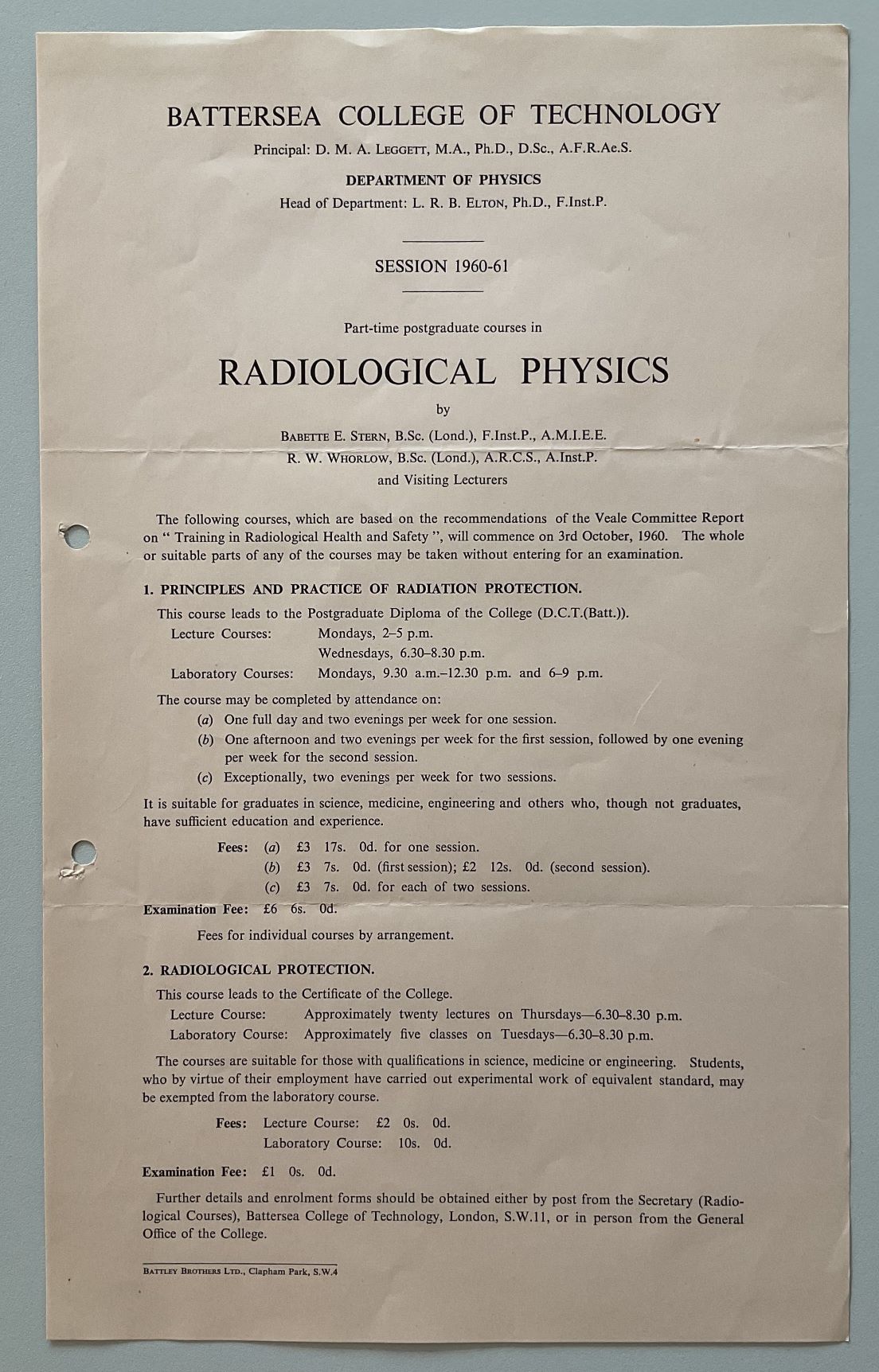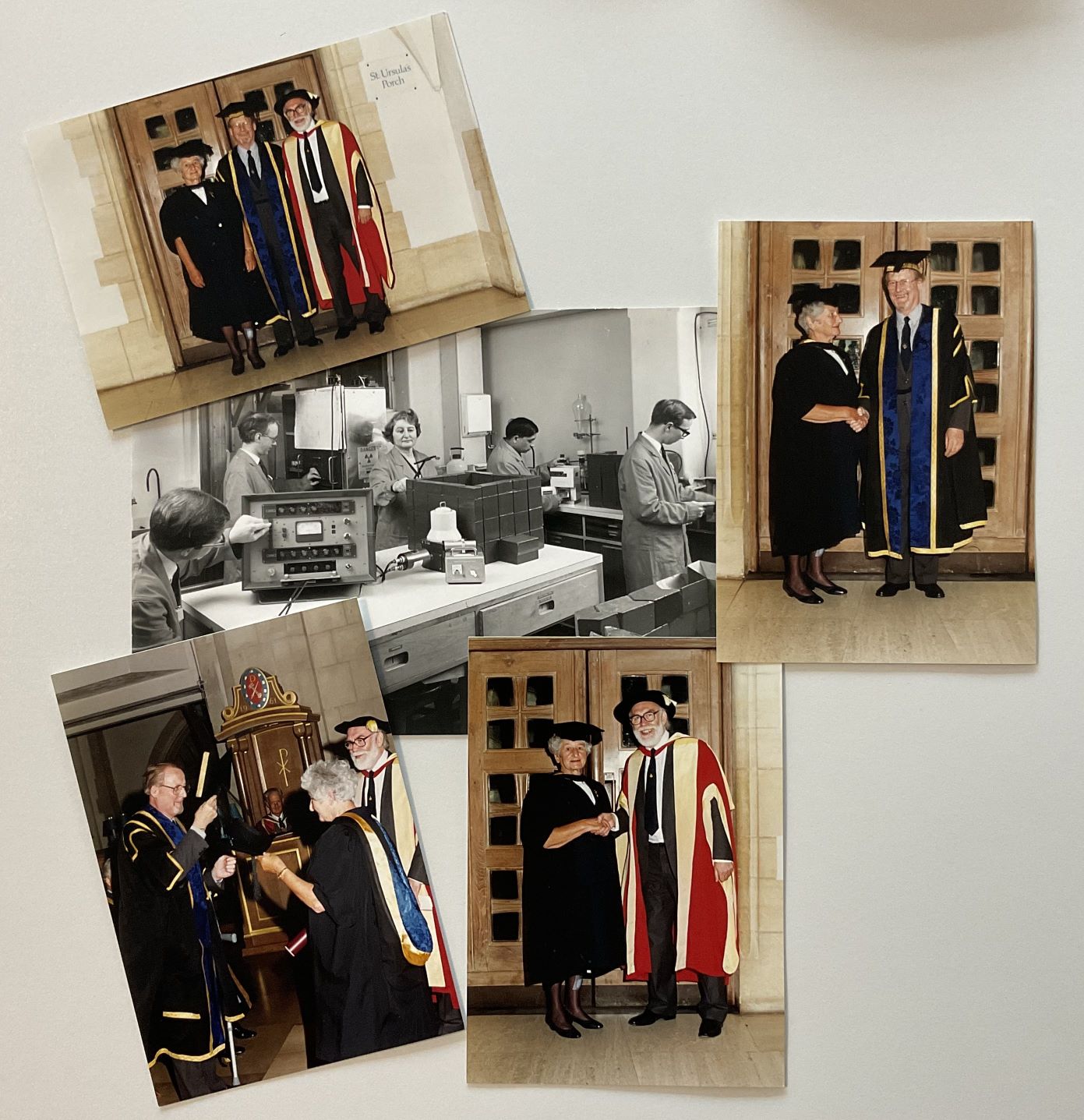Women in Science – Babette Stern
International Women’s Day takes place annually on the 8th March, and this year the Archives and Special Collections team have curated a display of material from the University Archive that celebrates five female scientists who studied or worked at the University of Surrey, or at our predecessor institution, Battersea Polytechnic.
These pioneering individuals worked in a time when there were many barriers to women having careers in scientific subjects, especially in the areas of chemistry and physics.
If you are on campus the display is situated just inside the ground floor entrance of the Library. We appreciate that not everyone is able to come see the display in person so in this blog we are highlighting one of the individuals we have featured, and looking at her career in more detail.
Babette Stern was awarded a degree in Physics by the University of London in 1933 and her name can be found in the University of London ‘Degrees Awards in 1933-1937’ list, in the 1933 section, on page 568.
Babette began her career as a researcher at GEC and Glaxo laboratories and we can trace glimpses of the research she was involved in through the publications she co-authored. A letter titled ‘Effect of Solvents on the Absorption Spectrum of Vitamin A’ was published by the prestigious journal Nature on the 26 March 1938. In the author information section the Technical Research Laboratory, Glaxo Laboratories Ltd in Greenford is listed.
Just under a year later, on 1 February 1939, a research article titled Studies in the stability of vitamins A and D: The effect of light on vitamin A was published in the Biochemical Journal and the research is listed as being from the Technical Research Laboratory, Glaxo Laboratories Ltd.
During World War II Babette joined the Army, becoming a Junior Commander (a rank now renamed Captain) and was posted to heavy anti-aircraft gun sites in North-East London.
After the war she became a hospital physicist working at the Marie Curie Hospital in London NW3, and again it is possible to trace her work through her research outputs. In July 1953 Babette co-authored an article titled ‘Factors Influencing the Occurrence of Reactions During the Treatment of Carcinoma of the Cervix Uteri by Radium’, published in the British Journal of Radiology. In February 1955 a letter titled ‘Urinary Excretion of a Substance after a Single Dose’ was published in Nature.
In 1960 Babette joined the Physics Department at Battersea College of Technology, and in this part-time postgraduate course in Radiological Physics leaflet for the session 1960-61 Babette is listed as one of the lecturers.
Babette developed the MSc course in ‘The Principles and Practice of Radiological Protection’ and progressed from lecturer to senior lecturer to become the Director of the University of Surrey Radiation Unit.

During her extensive career Babette not only authored a variety of publications on such topics as radiotherapy dose-rates, techniques in drawing body contours when planning X-ray treatments and studies of radiotherapy treatments for specific cancers but through her teaching she also shared her knowledge with the next generation of students and researchers.
Babette retired from the University in 1971 and was awarded an honorary degree by the University in July 1992.



